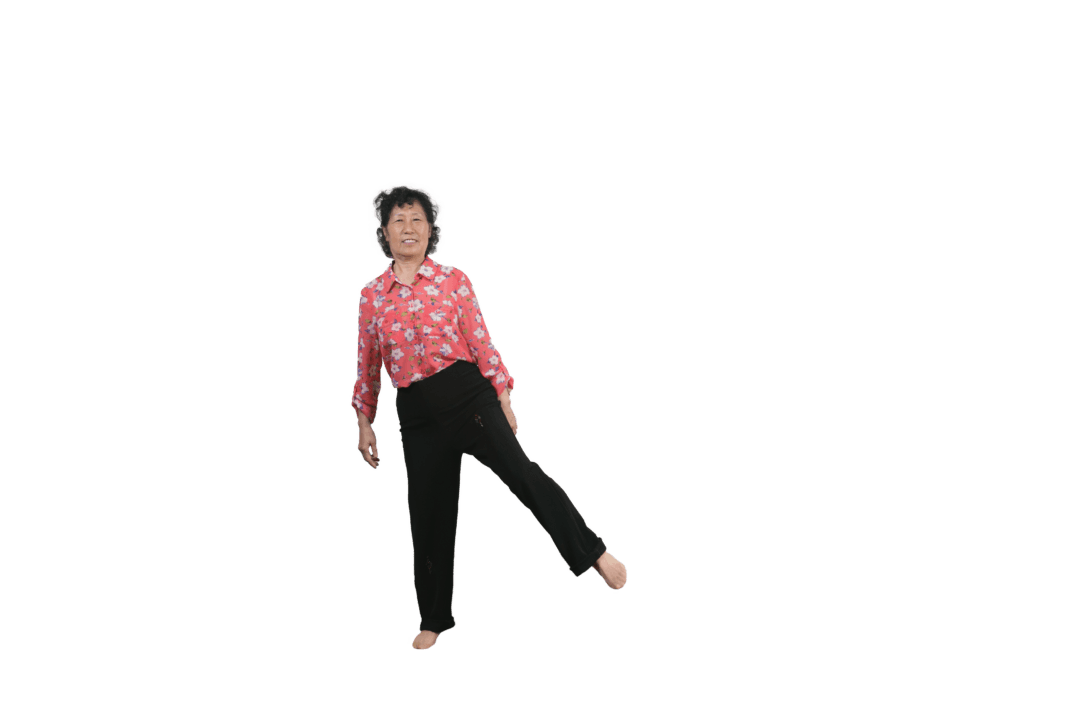Although it’s been widely acknowledged for decades that exercise throughout pregnancy greatly benefits both mom and baby, I still meet women who think they should take it easy and avoid lifting weights.
Below are four benefits of exercise first proven by James F. Clapp III, M.D., in the ‘70s and ’80s. Clapp is a pioneer researcher on exercise and pregnancy, author of the book “Exercising Through Your Pregnancy,” and still considered one of the foremost authorities on the subject today.



